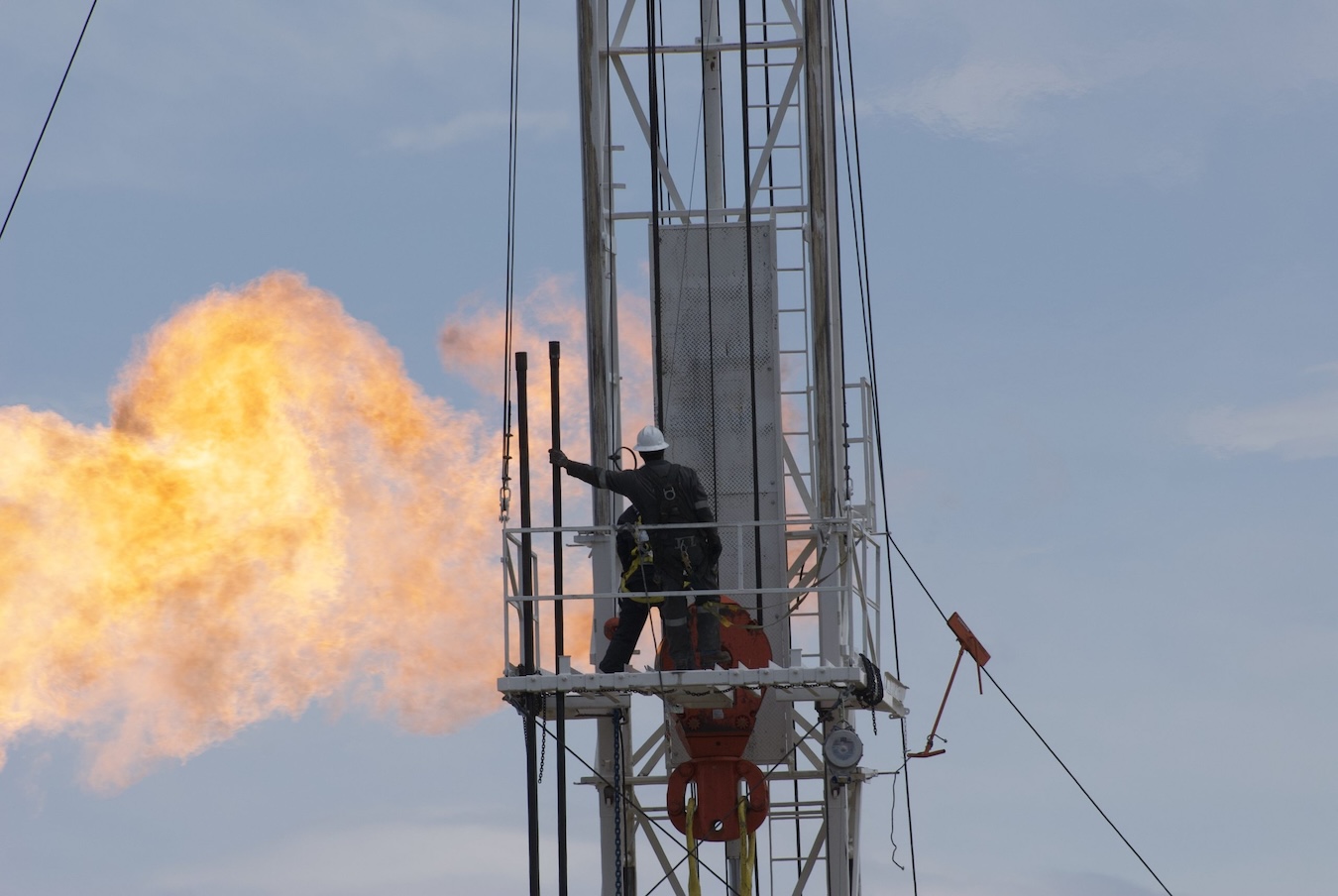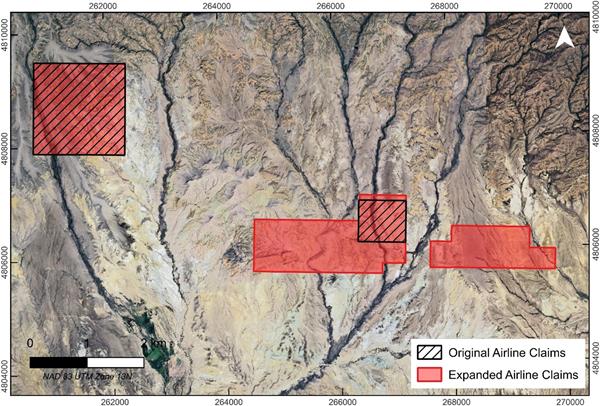The original story by for WyoFile.
For the third year in a row, Wyoming employers are getting a break on what they pay into the state’s workers’ compensation system.
Starting next year, businesses enrolled in the program will see a 15% reduction in premiums, a cut that state officials say will save employers about $66 million total. Companies that have been in the system at least three years and are “in good standing” could see even bigger discounts.
Gov. Mark Gordon framed the move as a win-win.
“By lowering workers’ compensation costs, we are helping employers invest in their workforce, strengthen their operations and continue to build safe, resilient workplaces across our state,” he said in a statement.
But while business groups and some officials are cheering the cheaper rates, worker advocates say there’s another side to the story — one that involves unreported injuries, denied claims and a state that’s sitting on a massive fund while workers struggle.
In Wyoming, employers whose businesses are classified as “extra hazardous” — think oil and gas, construction, mining and other high-risk jobs — must participate in the state-run workers’ compensation program. Other employers can opt in voluntarily, which usually gives them legal immunity from workplace injury lawsuits in exchange for paying into the system.
Those employer premiums fund benefits like medical care and partial wage replacement when workers are hurt on the job.
Wyoming is also one of the few states that doesn’t provide workers’ comp benefits to undocumented workers, leaving some of the most vulnerable laborers uncovered if they’re injured.
So how can the state afford to cut premiums three years in a row?
Officials point to two main reasons: solid investment returns and what they describe as a strong “safety culture.”
According to a September report presented to lawmakers, Wyoming’s workers’ comp fund has grown from about $1.8 billion in 2015 to more than $2.8 billion by the end of fiscal year 2025.
During that same time, annual claim costs rose modestly — from $178 million to nearly $194 million — but nowhere near as fast as the fund itself.
Deputy Director Jason Wolfe of the Department of Workforce Services says the math has been working in the state’s favor.
He told WyoFile that the fund’s investments have earned an average annual return of about 6.8% over the past five years. Add in what he calls “year-over-year declines in the number of injuries” and tighter cost controls, and the state is “typically spending a bit less than we’re making.”
That’s why Workforce Services Director Elizabeth Gagen says the state can cut rates and still stay on solid footing.
“Wyoming’s strong safety culture and responsible business practices are paying off,” she argued, calling it a win for both workers and the broader economy.
Not everyone buys the “safer workplaces” narrative.
Wyoming has long ranked near the top nationally for workplace fatality rates, especially in industries like energy and transportation. For worker advocates, that reality doesn’t square with the idea that lower claim costs are mostly about better safety.
Any notion that the state’s healthy fund balance comes from stellar safety performance is “bullshit,” said Marcie Kindred, executive director of the Wyoming AFL-CIO.
“We may have fewer claims,” she said, “but we still kill more people than any other state.”
Kindred and other advocates suspect there’s a quieter factor at play: a culture where workers feel pressure not to report injuries or to just “tough it out.”
They also say the system tends to work best for straightforward, short-term injuries — like a broken arm — but becomes more combative when it comes to expensive, long-term issues such as:
- Back and spine injuries;
- Chronic pain;
- Occupational illnesses.
“I’m just picturing my guys having to, again and again, go to hearings and court cases … and say, ‘I need help,'” Kindred said. “It’s insurmountable, and it’s hard to get people to admit they need help.”
Asked about claims that Wyoming keeps costs down by fighting workers, not just accidents, Wolfe pushed back.
He said the state’s denial rate for workers’ comp claims has been “fairly steady” — around 5% to 6% over the last five years, and has actually ticked down slightly.
From his perspective, the system isn’t slashing costs on the backs of injured workers — it’s managing claims responsibly while enjoying strong investment gains.
Advocates aren’t convinced that denial rates alone tell the whole story. They argue that denial stats don’t capture:
- Workers who never file in the first place;
- Employees who give up after an initial denial;
- People who don’t have the time, money or legal help to appeal.
Some advocates say there’s nothing wrong with keeping premiums reasonable for employers — as long as the state is just as aggressive about preventing injuries and taking care of workers when things go wrong.
“Because the state is not a for-profit insurance company, it is perfectly appropriate to make sure that Wyoming businesses are paying a fair amount,” said Mark Aronowitz, director of Lawyers and Advocates for Wyoming.
But he thinks “sound cost containment” should mean more than guarding the fund balance.
Aronowitz wants to see deep, systematic reviews of every serious injury and fatality — not to assign blame, but to prevent similar tragedies in the future.
Right now, he and others say, that kind of thorough, statewide safety analysis just isn’t happening.
“Resources wisely spent on injury prevention could help save the fund, and employers, millions of dollars over time,” Aronowitz said, “while, more importantly, reducing our perennially unacceptably high workplace fatality rate.”
For now, employers will see their third straight year of workers’ comp savings, and the state’s fund remains extremely well capitalized.
But the bigger question hanging over the system is who those savings are really serving — and whether Wyoming is willing to put as much effort into protecting workers and preventing deaths as it puts into protecting a $2.8 billion fund.










The latest news in your social feeds
Subscribe to our social media platforms to stay tuned